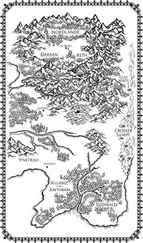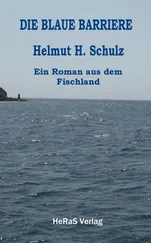The rail journey from the maritime city of Plymouth to the cathedral city of Exeter is undoubtedly one of the most scenic in England. Trains leave Plymouth’s 1960s station along the route of the original South Devon Railway that opened to the city in 1848. The planned extension of the disastrous atmospheric railway from Totnes never materialized and Brunel’s eccentric but innovative system was replaced by a more conventional railway in the same year.
Today’s modern trains make light work of the steeply graded section around the southern edge of Dartmoor but in steam days most trains needed to be double-headed up the 1-in-42 Hemerdon Bank to Ivybridge station before reaching the summit of the line at Wrangaton. From here it is downhill all the way through Brent and Rattery Bank to the historic riverside town of Totnes. After a brief stop at Totnes, trains continue on their switchback route with the steep climb up to Dainton Tunnel and a similarly steep descent down to Newton Abbot. In steam days the town was an important railway centre with workshops and large engine sheds, while today the station is still the junction for the line to Paignton.
From Newton Abbot, the railway follows a fairly level route firstly alongside the Teign Estuary and then hugging the coastline, tunnelling through red sandstone cliffs between Teignmouth and Dawlish. This coastal route is often at the mercy of winter storms, which cause havoc with train services. The penultimate leg of this scenic route follows the west bank of the Exe Estuary from Dawlish Warren and through Starcross to end at Exeter’s busy St Davids station where trains to London can still be seen departing in opposite directions. Here a change of train is necessary to complete the short journey up to Exeter Central station from where the delights of this historic city can be explored on foot.

DESTINATION HIGHLIGHTS
12th-century cathedral; 11th-century Rougemont Castle; Danes Castle; St Nicholas Priory and Garden; Exeter Canal basin and riverside walks; 17th-century Butts Ferry; Royal Albert Memorial Museum; Spacex art gallery
FREQUENCY OF TRAINS
2 per hour (Mon-Sat)
52 MILES 1 HOUR 20 MINUTES
NUMBER OF CHANGES: 1
(Exeter St Davids)
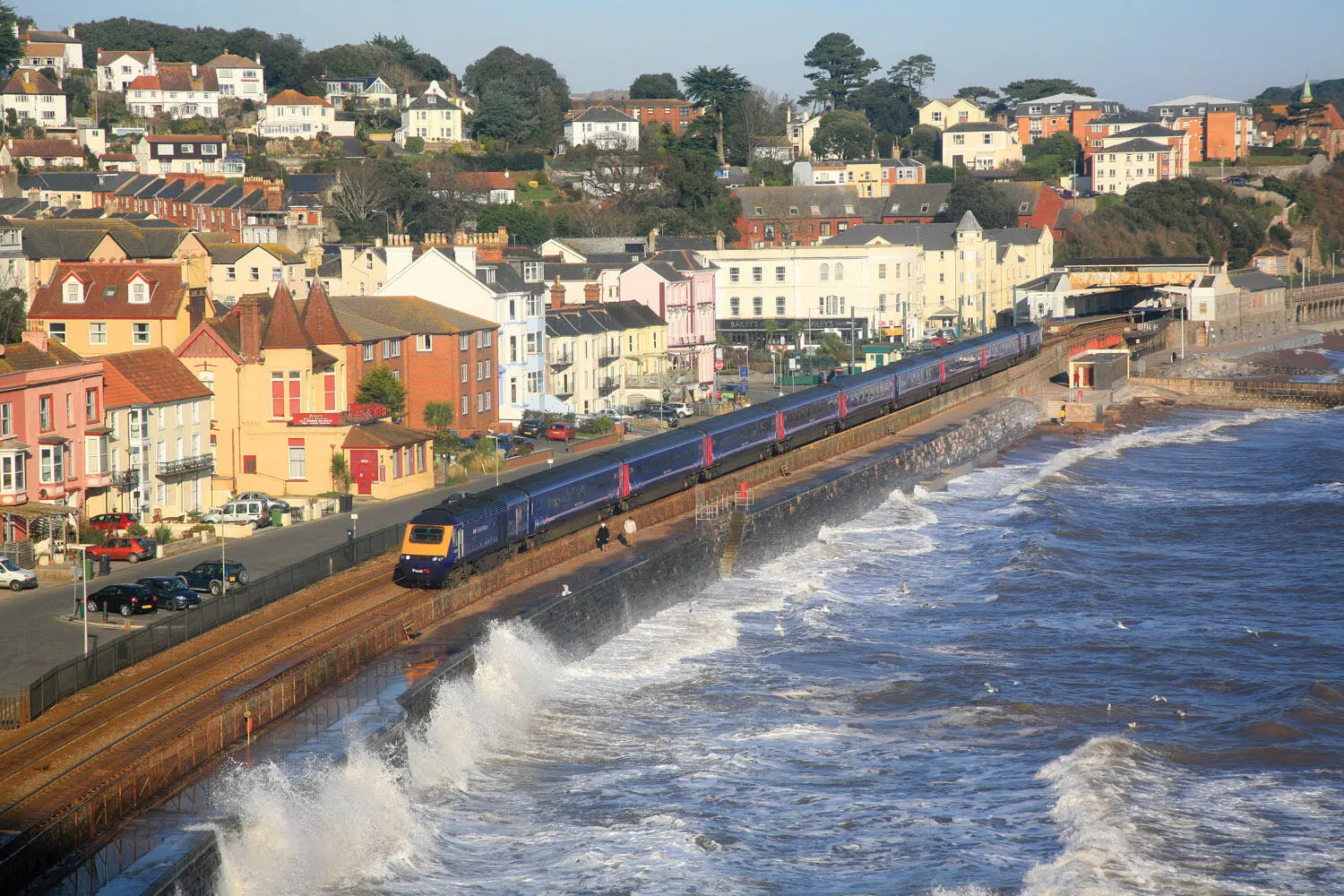
The journey from Plymouth to Exeter takes in this wave-swept coastal stretch of railway at Dawlish.
Set astride the Devon/Cornwall border, this highly scenic single-track branch line serves a string of villages along the valley of the River Tamar – hence its marketing title of the Tamar Valley Line. From Plymouth station, trains call at Devonport, Dockyard, Keyham and St Budeaux Victoria Road before diving under the road and rail bridges that cross the Tamar, while closely following its eastern shore along what was once the London & South Western Railway’s main line to Exeter and Waterloo. This line opened in 1890 and, along with the branch line to Gunnislake and Callington, was listed for closure in the ‘Beeching Report’. Fortunately the section from Plymouth to Bere Alston and the branch as far as Gunnislake were reprieved because of poor road connections and there are currently plans to reopen the line from Bere Alston to Tavistock.
After following the east bank of the Tamar, the railway crosses its tributary, the River Tavy, on an attractive 8-span bowstring bridge to arrive at the isolated village of Bere Ferrers, where the privately owned station buildings and signal box have been lovingly restored to their former glory and are open to the public. From here, the railway continues north to Bere Alston station where the train reverses direction to take the winding route to Gunnislake.
Abounding in sharp curves and steep gradients, the railway soon crosses the Tamar high above on the spectacular concrete 12-arch Calstock Viaduct, which was completed in 1908. After crossing the viaduct, today’s trains call at tiny Calstock station before meandering high above the river to end at the minimal station of Gunnislake. For centuries the village was at the heart of an important industrial and mining region and was also the lowest crossing point of the Tamar until the opening of the Tamar Bridge near Plymouth in 1961. The mining and quarrying ended in the late 19th century and Gunnislake now lies in an Area of Outstanding Natural Beauty.
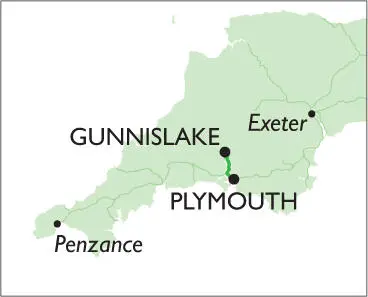
DESTINATION HIGHLIGHTS
walks in Tamar Valley (Area of Outstanding Natural Beauty) from Gunnislake station; Rising Sun Inn (real ale pub in Gunnislake); Cotehele House and Gardens (Calstock); Bere Alston station museum
FREQUENCY OF TRAINS
1 every 2 hours
15¼ MILES 45 MINUTES
NUMBER OF CHANGES: 0
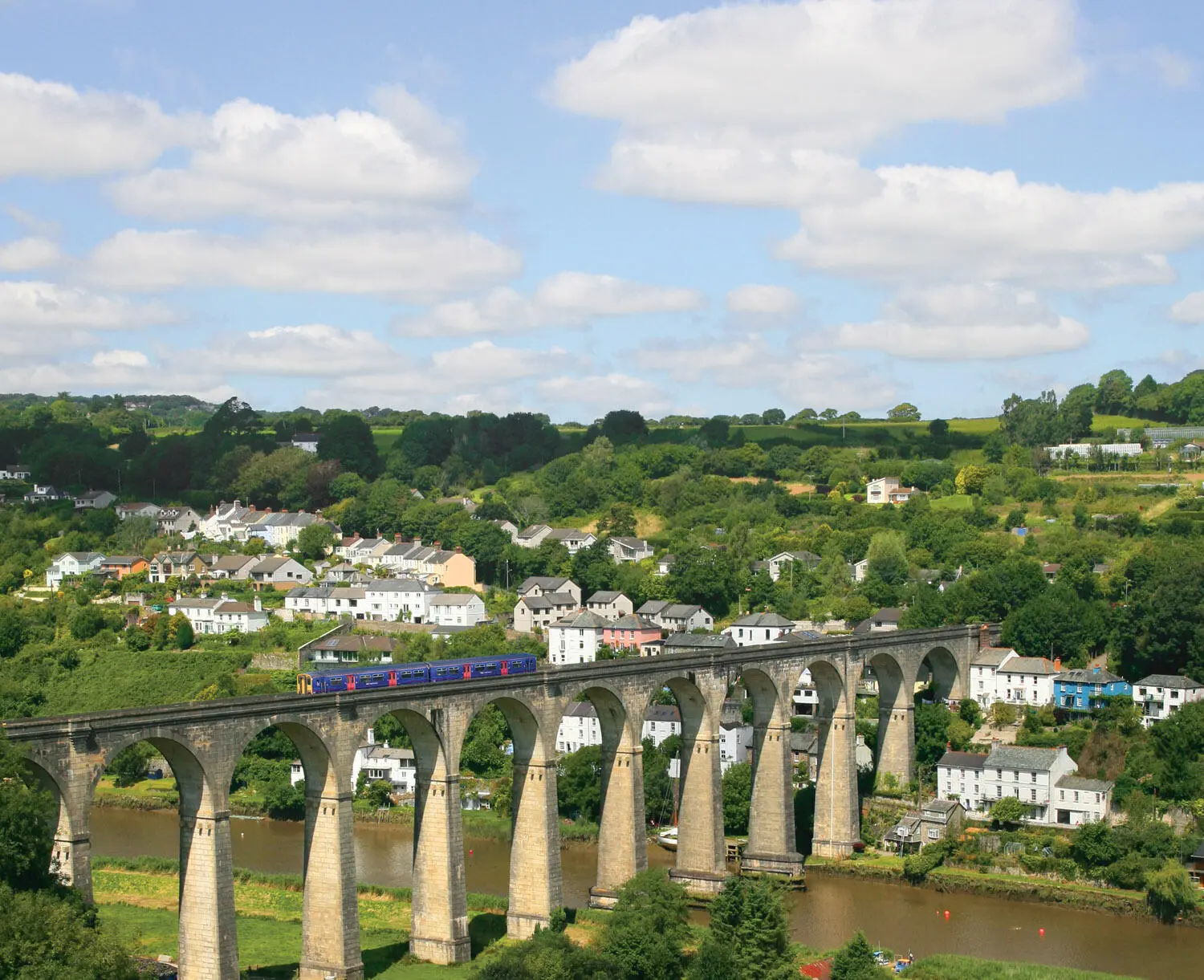
A Plymouth to Gunnislake train slowly crosses the River Tamar on the impressive viaduct at Calstock.
The 9½-mile broad-gauge single-track branch line from Totnes to Ashburton was opened in 1872. It was converted to standard gauge in 1892 and became part of the Great Western Railway five years later. Serving small villages and farming communities on the edge of Dartmoor, the line led a fairly quiet life and was closed to passengers in 1958 and to goods in 1962. Lord Beeching reopened it as the South Devon Railway in 1969, but ‘improvements’ to the A38 trunk road led to the section between Buckfastleigh and Ashburton closing in 1971.
Steam-hauled trains now carry visitors on a delightful journey alongside the River Dart from the new terminus at Totnes (Littlehempston) – the station is accessible via a footbridge over the Dart from the national rail network station in the town. Leaving Totnes, the railway winds its way northwards up the meandering Dart Valley and past the parkland grounds of Dartington Hall to reach the only intermediate station and passing loop at Staverton. From here, the railway continues up the wooded valley, occasionally passing farms and isolated cottages before ending at the lovingly restored Buckfastleigh station. Here, a small but fascinating railway museum, miniature railway, café, butterfly farm and otter sanctuary are found while in the town (reached under the ugly concrete bridge of the A38 dual carriageway) there is Buckfast Abbey, famous (some say notorious) for its popular tonic wine.
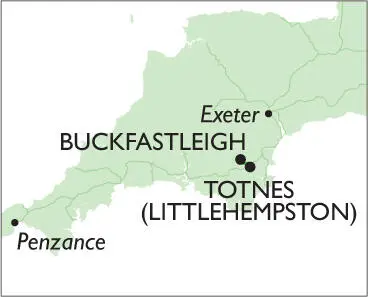
DESTINATION HIGHLIGHTS
railway museum; miniature railway; Buckfast Abbey; otter sanctuary; butterfly farm; Sea Trout Inn (Staverton)
FREQUENCY OF TRAINS
3-9 per day (mid-Feb, mid-Mar-early Nov, Christmas week and New Year)
7 MILES 30 MINUTES
NUMBER OF CHANGES: 0
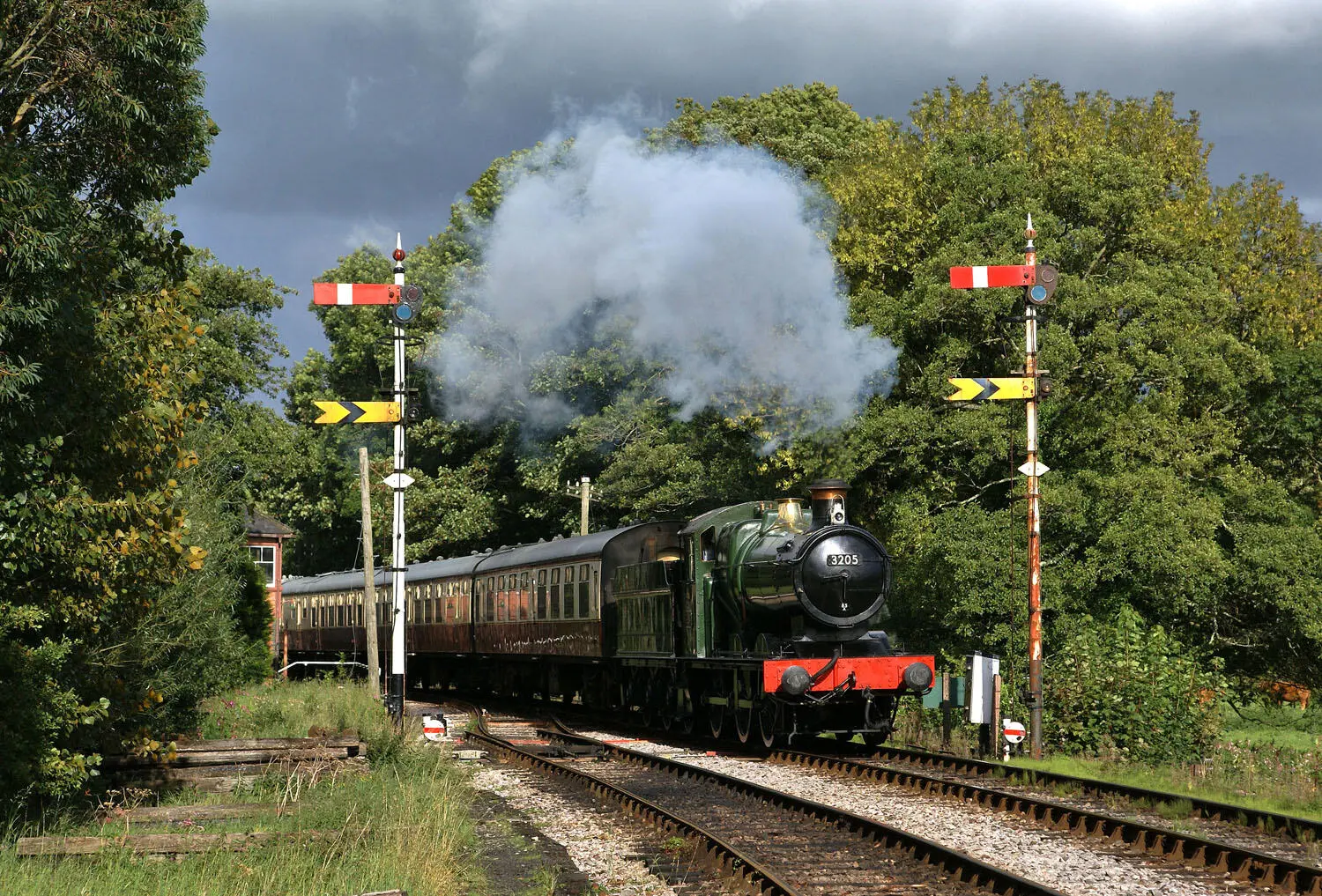
Hauled by a restored GWR locomotive, a passenger train makes its way along the idyllic Dart Valley to Buckfastleigh.
Читать дальше







